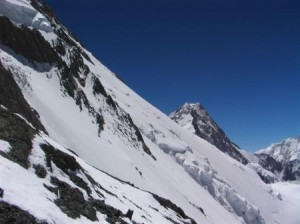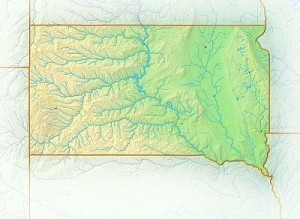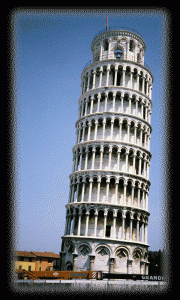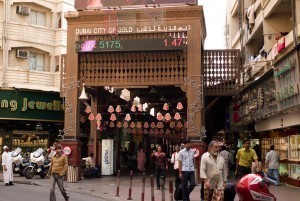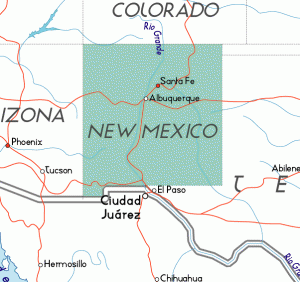Easter Island Total Area
Easter Island is one of the Polynesian islands located in the 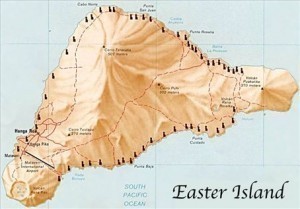 southeastern portion of the Pacific Ocean. The island is also known as Isla de Pascua and Rapa Nui and it is situated at the southeastern tip of the so-called Polynesian triangle.
southeastern portion of the Pacific Ocean. The island is also known as Isla de Pascua and Rapa Nui and it is situated at the southeastern tip of the so-called Polynesian triangle.
There are about 887 monumental statues still in existence in the island called moai and these things make the place pretty popular. These statues are made by the early generations of the inhabitants of Easter Island. The whole island is under the UNESCO World Heritage Site and majority of the total area of the island is within the protection of the Rapa Nui National Park.
Physical Geography
Among the inhabited islands of the world, Easter Island is one of the most isolated islands on Earth. The island is lying west between Lota and Lebu of Chile about 3,510 kilometers or 2,180 miles and east of Pitcairn of about 2,075 kilometers or 1,289 miles.
As a whole, Easter Island has a shape pictured as a perfect triangle. It has a length of 24.6 kilometers or 15.3 miles and has a width of 12.3 kilometers or 7.6 miles measuring at the island’s widest point. The total area of the island is 163.6 square kilometers or 63 square miles. The highest altitude found in the island is about 507 meters.
There are three freshwater crater lakes or known as Rano in Easter Island. All the crater lakes are close to the peak of Terevaka and they are called as Rano Raraku, Rano Kau, and Rano Aroi. There may be freshwater crater lakes in the whole total area of the island but permanent rivers or streams are none to be found.
Name Origin
A Dutch explorer name Jacob Roggeveen is the first European visitor of the island and he is the one who gave it the name Easter Island. The reason is that he discovered the island on an Easter Sunday in the year 1722. The island also has an official Spanish name called Isla de Pascua which have an English meaning of Easter Island.
The other known name for Eater Island is Rapa Nui, which is of Polynesian in origin made up by labor immigrants in the 1870s that comes from Rapa of the Bass Islands. There have been plenty of assumptions that one of the first Polynesian names of the island is Te pito o te henua. When translated in English it could mean ‘Navel of the World’ because the total area of the island is pretty isolated from the rest of the world.

